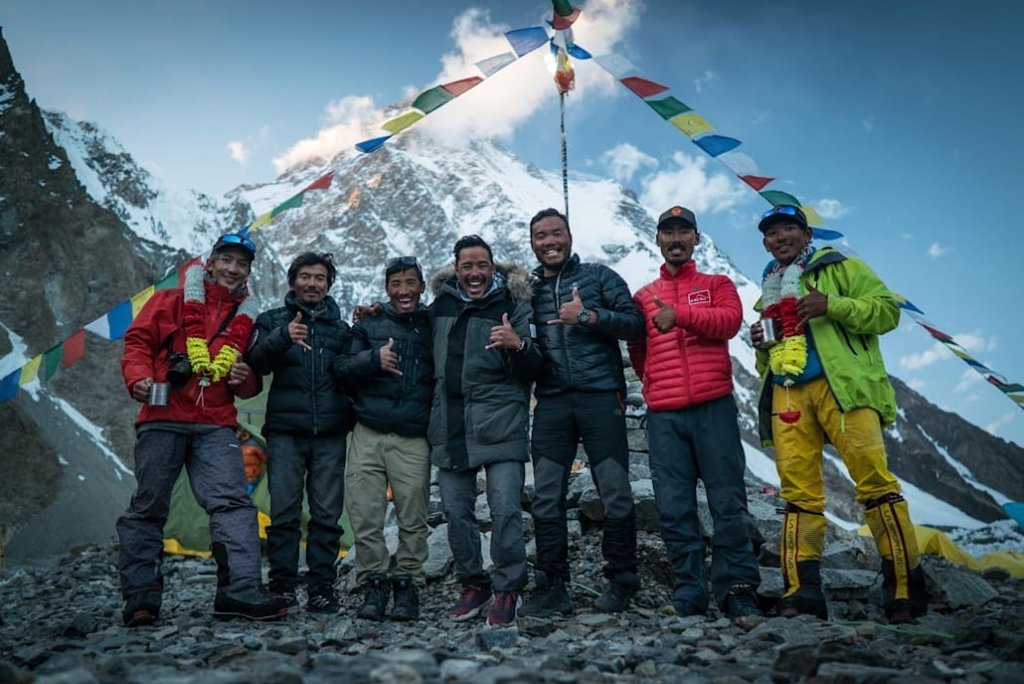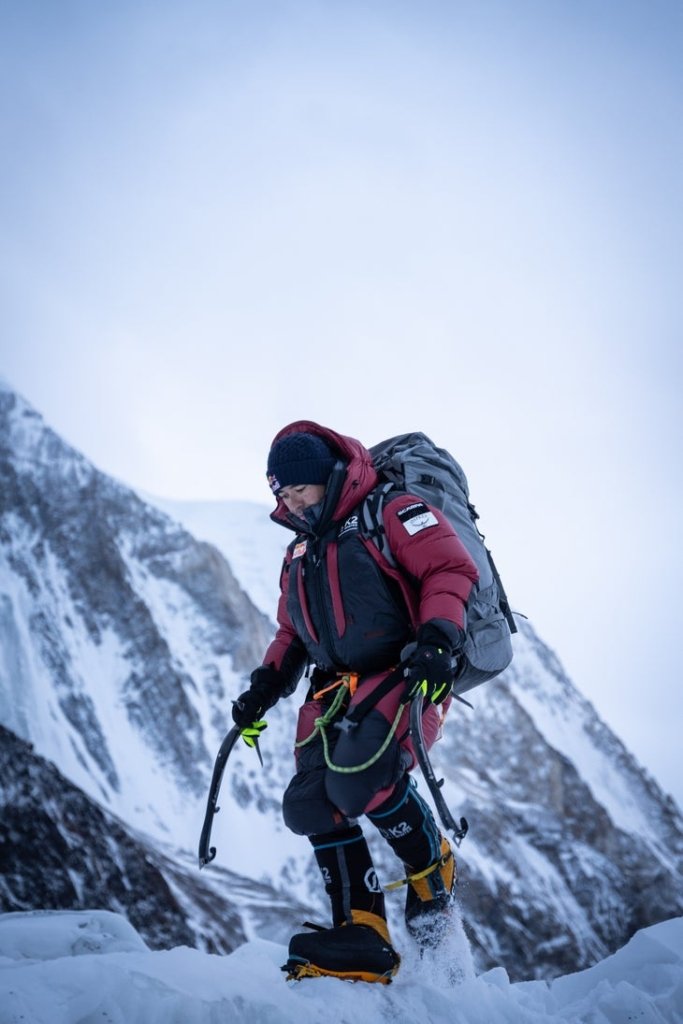Driven by national pride, 10 elite mountaineers united to make it to the top of K2 in the dead of winter, writes FREDDIE WILKINSON in the Nat GEO Magazine published on Jan 13, 2022
Swallowed by the empty black night, Mingma Gyalje Sherpa tried to focus the shaky orb of his headlamp on his next few steps, but the cold overwhelmed his thoughts. Clad in a bulky down suit, with another down jacket underneath, plus two layers of long underwear and breathing bottled oxygen, he should have been OK. But in all the peaks he’d summited, all the blizzards and frigid gales he’d weathered, he’d never felt temperatures quite like this—a piercing, otherworldly cold.

He could sense his body shutting down. His left side bore the brunt of a stout wind, with each gust sending icy tendrils slicing through everything he wore. But his right foot was especially worrisome. It had tingled, then burned, and finally ebbed into numbness, a precursor to serious frostbite. That, he knew, was a sign his body was prioritizing blood flow to warm vital organs, sacrificing the extremities to preserve the core. And this was all happening before he’d even crossed into the so-called Death Zone—the region above 8,000 meters (26,247 feet)—where the lack of oxygen can cause climbers to hallucinate, retain fluid in their lungs, and lose their instinct for self-preservation.
Mingma G.—as he’s known—keyed his radio, his mind momentarily made up to turn around. “Dawa Tenjin? Dawa Tenjin?” he called, but only the whining wind answered. He could make out the dim lights of several teammates trudging in a broken line up the low-angle snow above him. Everyone must be too focused on the tasks at hand, or just too deep in their own suffering, to answer, he thought.
Even in the milder summer months, K2, the second-highest peak on Earth at 28,251 feet, is among the world’s deadliest mountains. Though it’s more than two football fields shorter than Mount Everest, getting to its summit requires a much higher degree of climbing skill and almost no margin for mistakes. American climber George Bell, after failing to summit in 1953, declared, “It’s a savage mountain that tries to kill you.” The nickname has stuck, in part because for roughly every four climbers who make it to the top and back down, another one dies in the attempt.
For accessing the complete feature click here

The High Asia Herald is a member of High Asia Media Group — a window to High Asia and Central Asia

